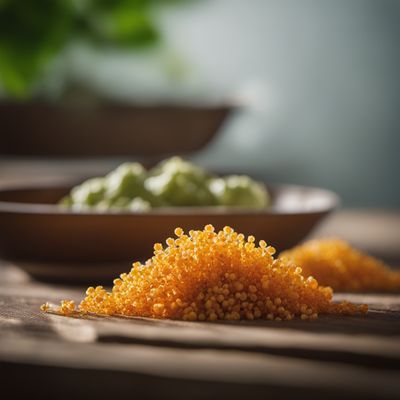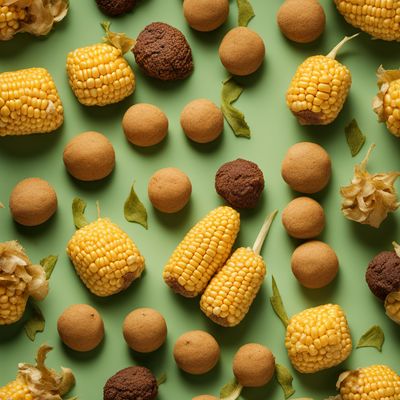
Ingredient
Cultivated fungi and similar-
The Fungal Delicacies: Unveiling the World of Cultivated Fungi
Cultivated fungi, such as mushrooms, truffles, and more, are prized for their unique characteristics. With their earthy, umami-rich flavors and diverse textures ranging from delicate to meaty, these ingredients add depth and complexity to dishes. From the delicate enoki mushrooms to the robust porcini, cultivated fungi offer a versatile canvas for culinary creativity. Their appearances vary greatly, from the classic white button mushroom to the striking black truffle, making them visually appealing additions to any plate.
Origins and history
The cultivation of fungi dates back thousands of years, with evidence of mushroom cultivation found in ancient Egyptian and Chinese cultures. Mushrooms were highly regarded for their medicinal properties and were even considered a delicacy by the ancient Romans. Truffles, another type of cultivated fungi, have a rich history rooted in European cuisine, particularly in France and Italy, where they were prized by royalty and nobility. Today, cultivation techniques have advanced, allowing for a wide variety of cultivated fungi to be grown worldwide.
Nutritional information
Cultivated fungi are low in calories and fat, making them a healthy addition to meals. They are also a good source of essential nutrients such as B vitamins, potassium, and selenium.
Allergens
While rare, some individuals may have allergies to certain types of fungi, particularly mushrooms. It is important to be cautious and seek medical advice if any allergic reactions occur.
How to select
When selecting cultivated fungi, look for specimens that are firm, plump, and free from blemishes or signs of decay. Avoid mushrooms that appear slimy or have a strong odor. For truffles, choose ones that are firm and have a strong aroma.
Storage recommendations
Cultivated fungi are best stored in a paper bag or a breathable container in the refrigerator. Avoid storing them in plastic bags, as this can cause moisture buildup and spoilage. Truffles should be stored in airtight containers with rice to absorb excess moisture.
How to produce
Amateur cultivators can grow mushrooms at home using mushroom kits or by creating a suitable environment for their growth, such as a dark, humid space. Truffle cultivation requires specialized techniques and is best left to experts.
Preparation tips
Before using cultivated fungi, gently brush off any dirt or debris and trim the stems if necessary. Mushrooms can be sautéed, roasted, grilled, or used in soups, stews, stir-fries, and pasta dishes. Truffles are often shaved or grated over dishes to impart their unique flavor. Remember to cook cultivated fungi thoroughly to enhance their flavors and ensure food safety.
Culinary uses
Cultivated fungi are incredibly versatile and can be used in a wide range of dishes. Mushrooms are commonly used in sauces, risottos, pizzas, and salads, while truffles are prized for their luxurious flavor and are often used in high-end cuisine, such as truffle-infused oils, butters, and sauces.
Availability
Cultivated fungi are widely available in grocery stores, supermarkets, and farmers markets worldwide.
More ingredients from this category » Browse all

Pom-pom blancs
The Delicate Delight: Exploring the World of Pom-pom Blancs

Nameko
The Versatile Mushroom

Pleurotus
The Versatile Oyster Mushroom

Enokitake
The Delicate Beauty of Enokitake Mushrooms

Shiitake
The Mighty Shiitake

Fusarium venenatum
The Fungal Protein: Fusarium Venenatum

Paddy straw mushroom
The Golden Fungi

Shimeji
The Delicate Mushroom: Shimeji

Wood blewits
The Enigmatic Wood Blewits: A Hidden Gem in the Culinary World

Snow mushrooms
The Delicate Beauties of the Forest

Horse mushrooms
The Majestic Fungi of the Earth

Corn smuts
The Mysterious Corn Fungus